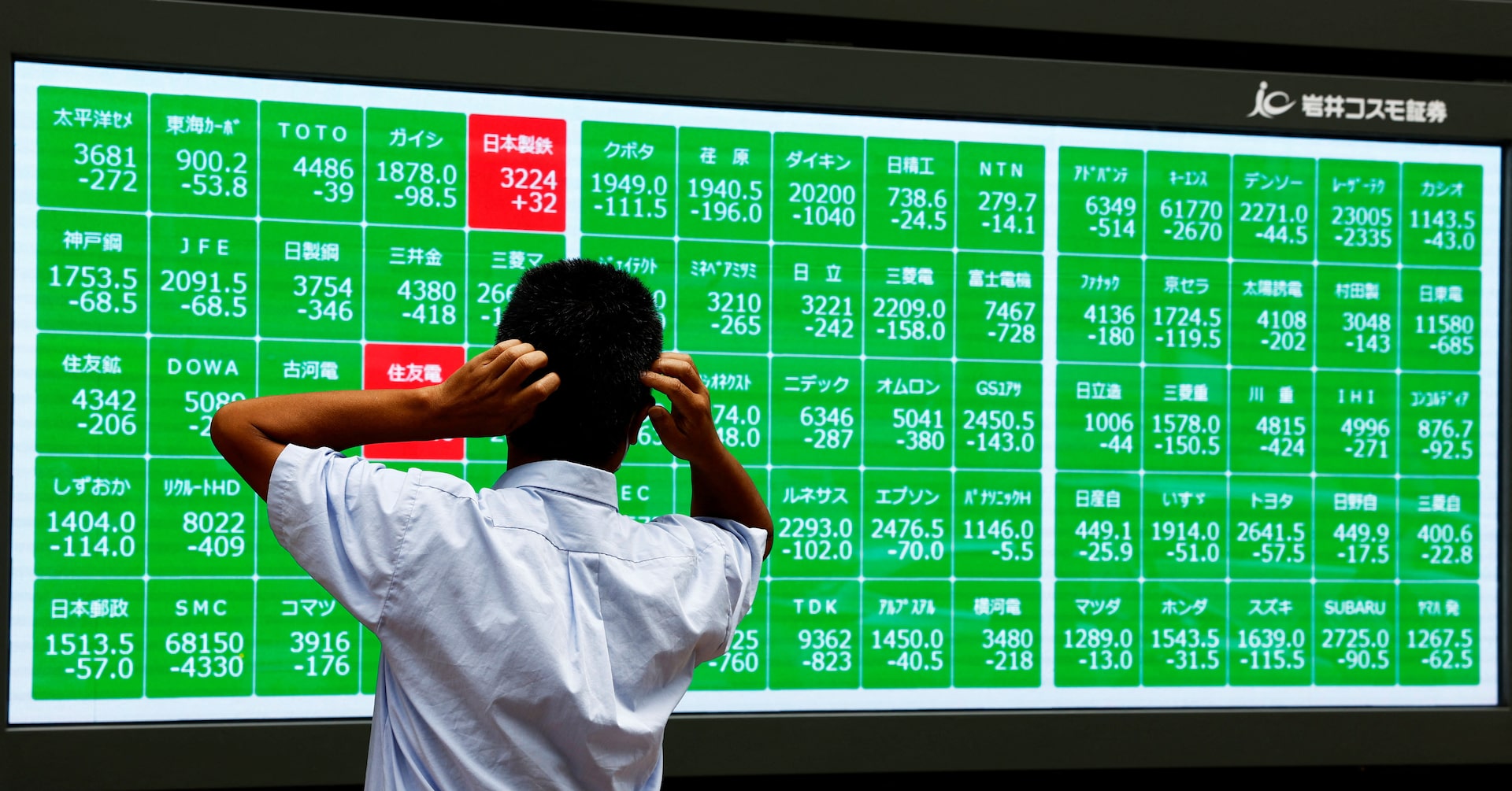Oil prices experienced a significant increase on Monday, with U.S. stock futures declining while those in Asia surged higher. This movement occurred as investors assessed the differing economic situations between the United States and the rest of the world. The upcoming week is packed with central bank policy meetings, including the U.S. Federal Reserve, which is expected to maintain interest rates when its meeting concludes on Wednesday.
Over the weekend, the U.S. defense secretary announced that the country would continue targeting Yemen’s Houthis until they ceased attacks on shipping. This statement caused oil prices to rise sharply in early Asia trade on Monday due to concerns about supply disruptions. Brent futures increased by 1.06% to $71.33 per barrel, while U.S. West Texas Intermediate crude futures also rose by 1.12% to $67.94 a barrel.
Market analyst Tony Sycamore at IG stated, “We’ve got a reemergence of those geopolitical tensions. If crude oil gets much above $68.50, I think that could really start to trigger some short covering in the market.”
Additionally, oil prices were supported by growing expectations of a revival in Chinese demand after Beijing announced new efforts to boost consumption in the world’s second-largest economy. China’s State Council unveiled measures including increasing residents’ income and establishing a childcare subsidy scheme aimed at boosting domestic consumption.
Lynn Song, ING’s chief economist for Greater China, remarked, “In our view, there’s considerable focus on increasing both the capacity and willingness of households to consume. We think this year’s attention to boosting consumption, combined with last year’s relatively low base, will help consumption growth recover to mid-single-digit growth in 2025. Further upside would likely hinge on a sustainable recovery of consumption.”
Investors are now awaiting a press conference later in the day by Chinese officials from the top planning agency and elsewhere for details on additional measures to enhance domestic consumption.
The yuan was last 0.2% higher at 7.2265 per dollar in the onshore market, while its offshore counterpart gained 0.17% to 7.2268.
Separately, official data on Monday showed China’s industrial output rose more than expected by 5.9% in the first two months of the year from a year earlier, while property investment continued to be a drag.
While Asia stocks started the week on a strong note, over in the United States, futures pointed to a dour opening on Wall Street. Nasdaq futures were down 0.44% in the Asian session, while S&P 500 futures fell 0.4%. U.S. Treasury Secretary Scott Bessent said in an interview that aired on Sunday that there are “no guarantees” there will not be a recession in the United States, adding to investor worries of an impending economic downturn.
European futures meanwhile edged higher, with EUROSTOXX 50 futures gaining 0.2%, while FTSE futures advanced 0.36%. European stocks and its currency have drawn support from Germany’s fiscal reset plan aimed at bolstering defense and reviving growth in Europe’s biggest economy.
The euro was near a five-month high on Monday and last bought $1.0882. In other currencies, the dollar was near a five-month low against a basket of currencies. Investor nerves and angst over the unpredictability of Trump’s policies and their potential impact on U.S. growth have hampered the greenback, which has fallen more than 4% for the year so far.
Elsewhere, gold hovered near a record high and was last at $2,991 an ounce, having broken through the key $3,000 barrier for the first time on Friday as investors piled on to an historic rally in the safe-haven asset.
— news from Reuters
